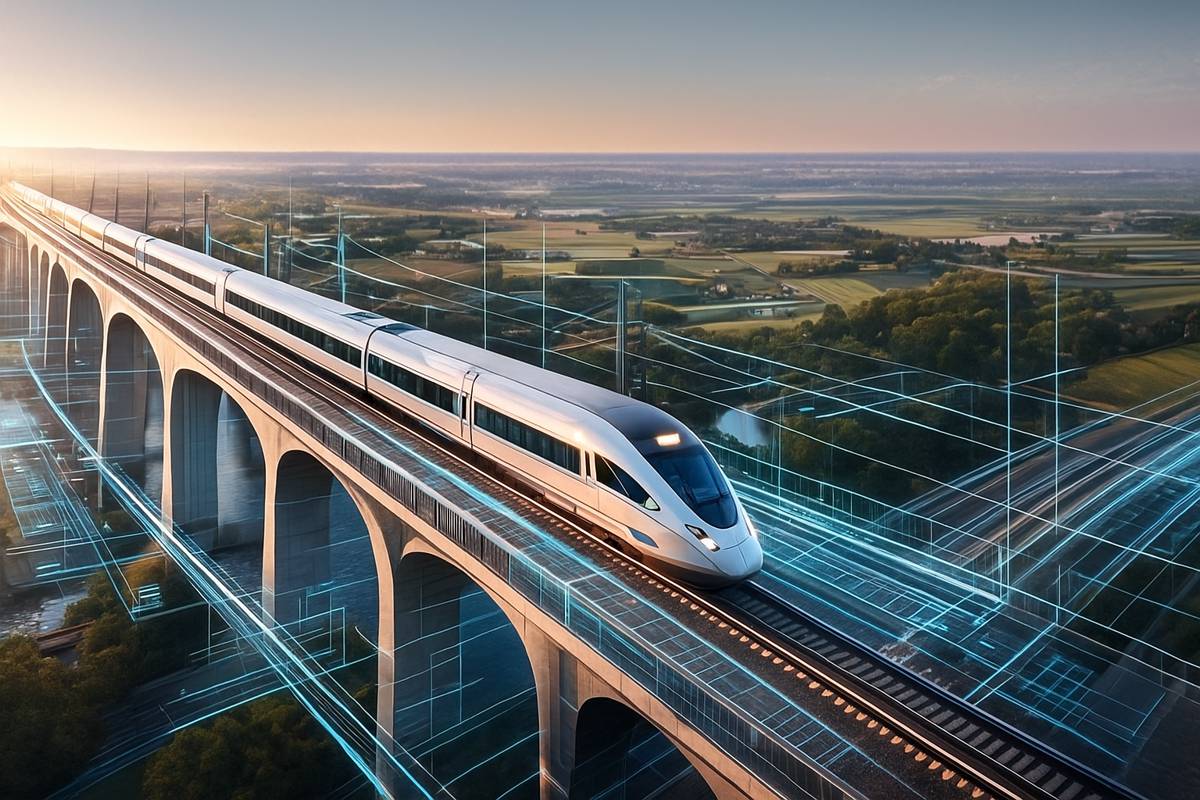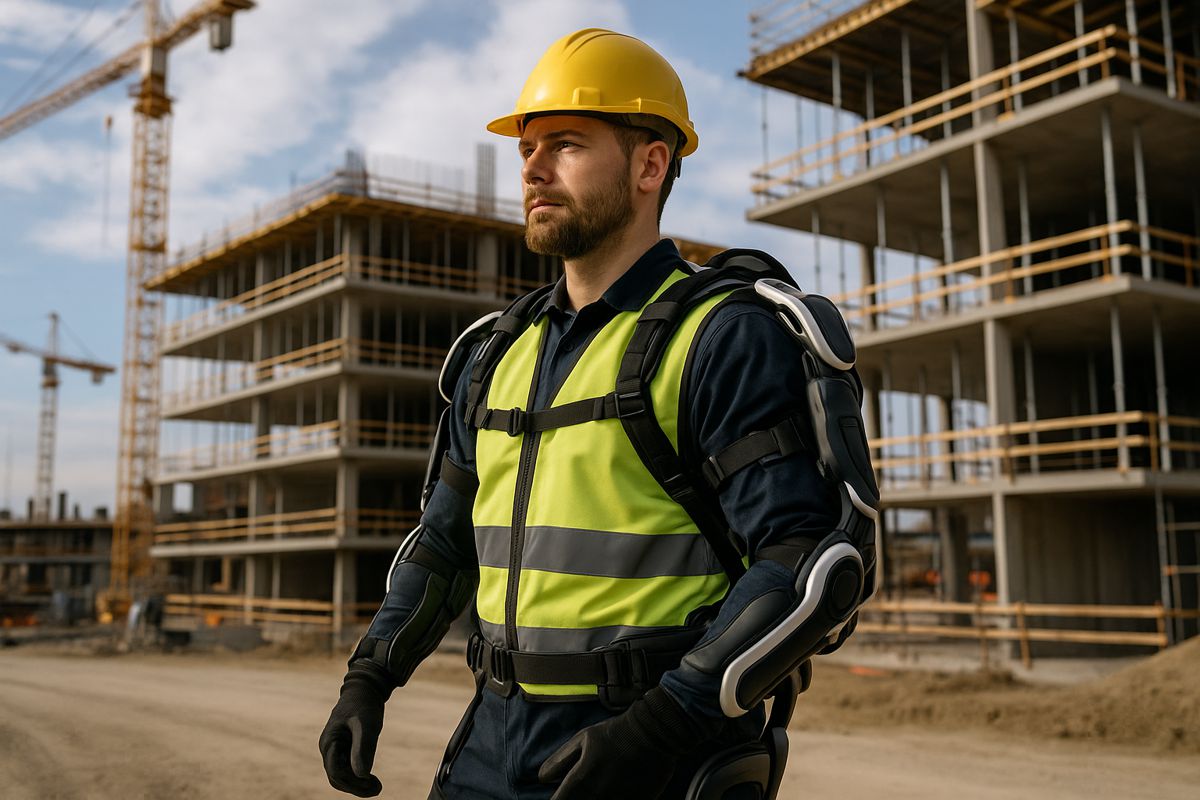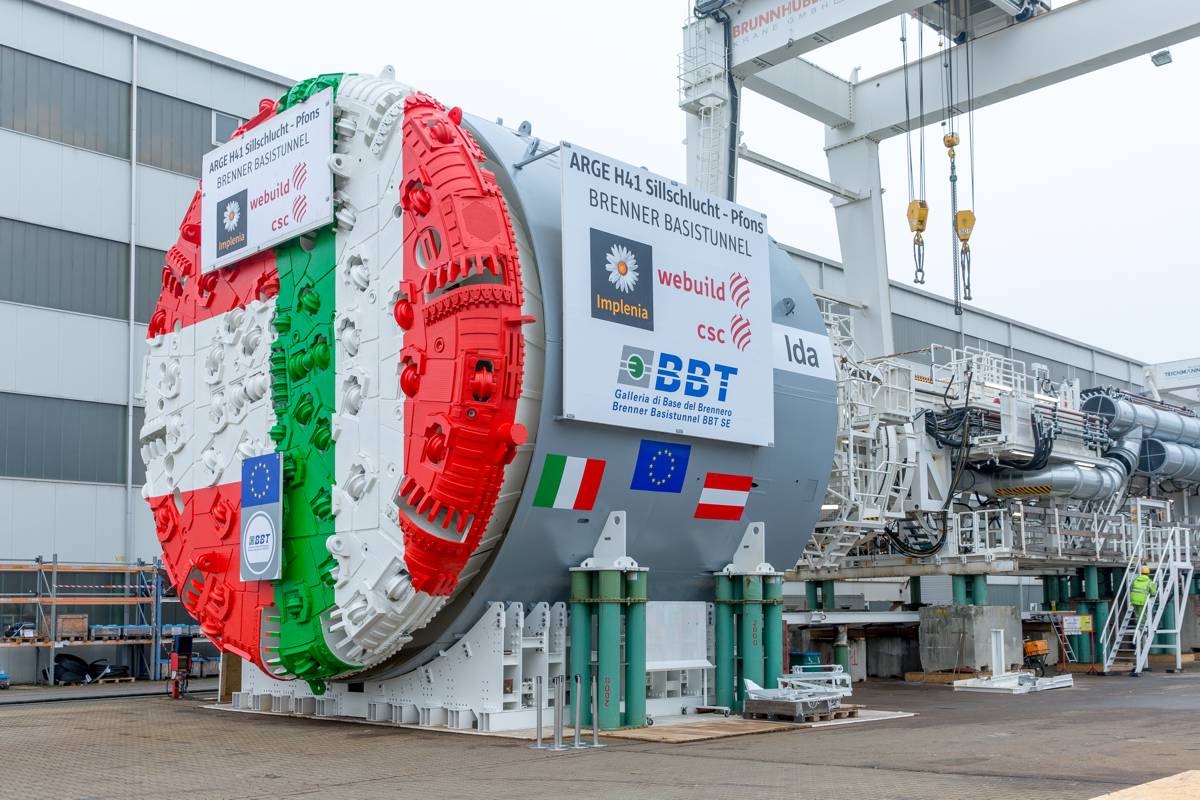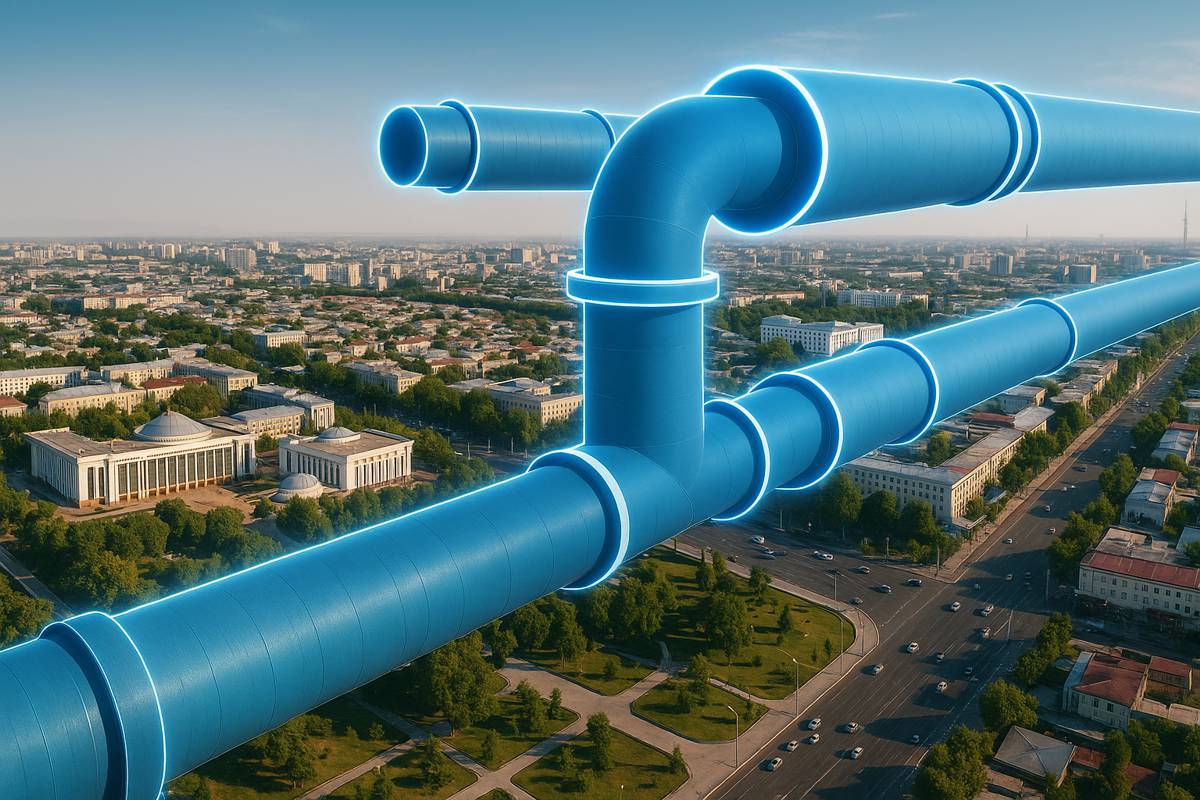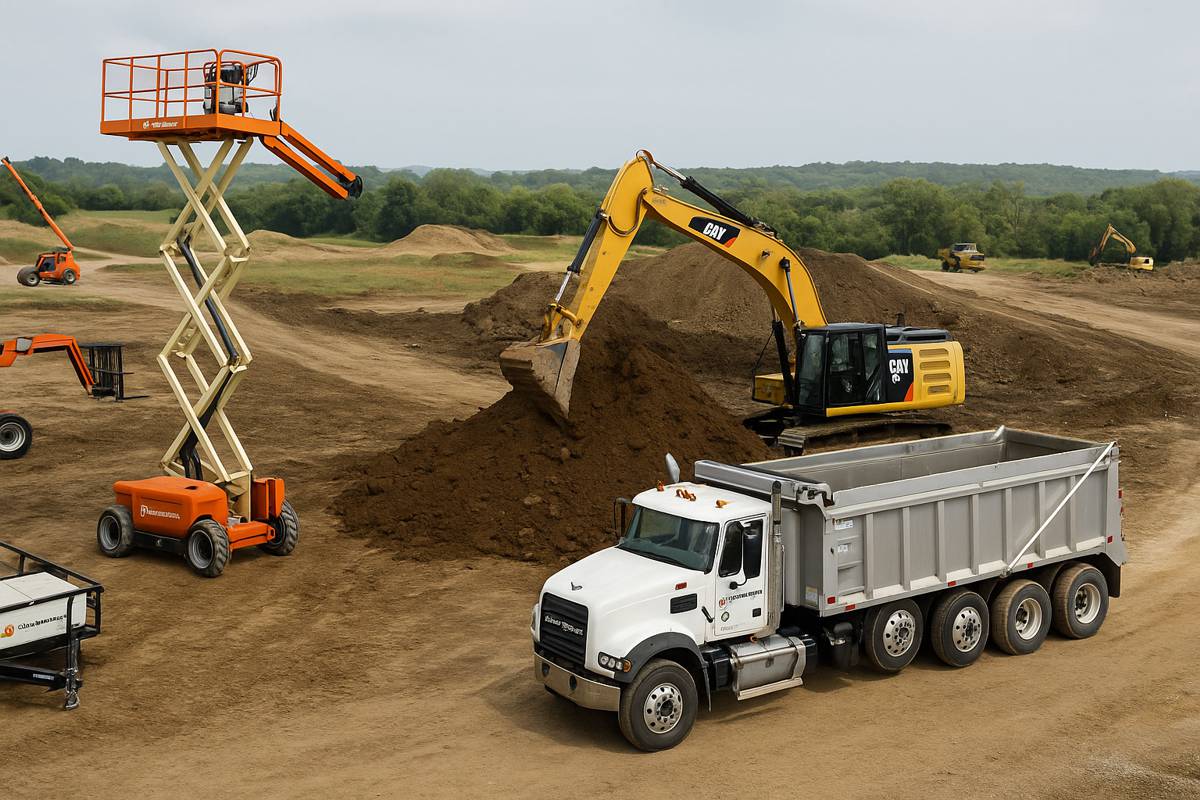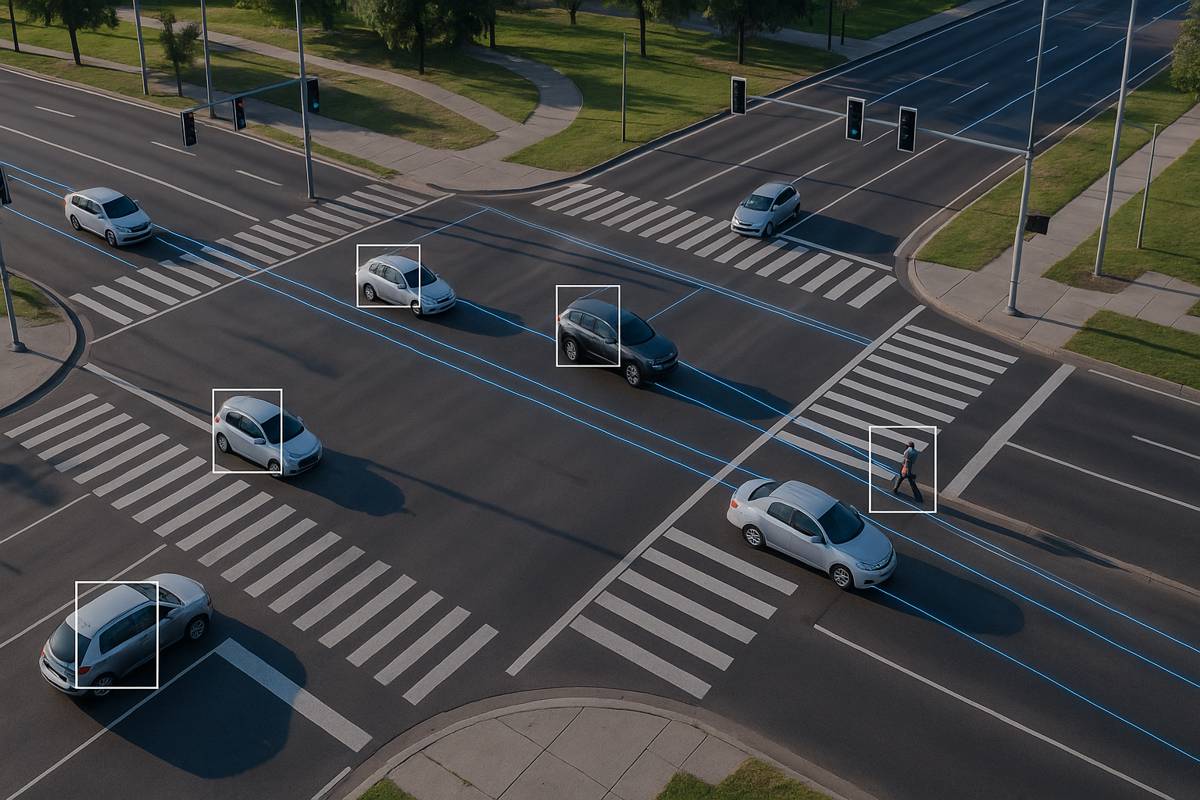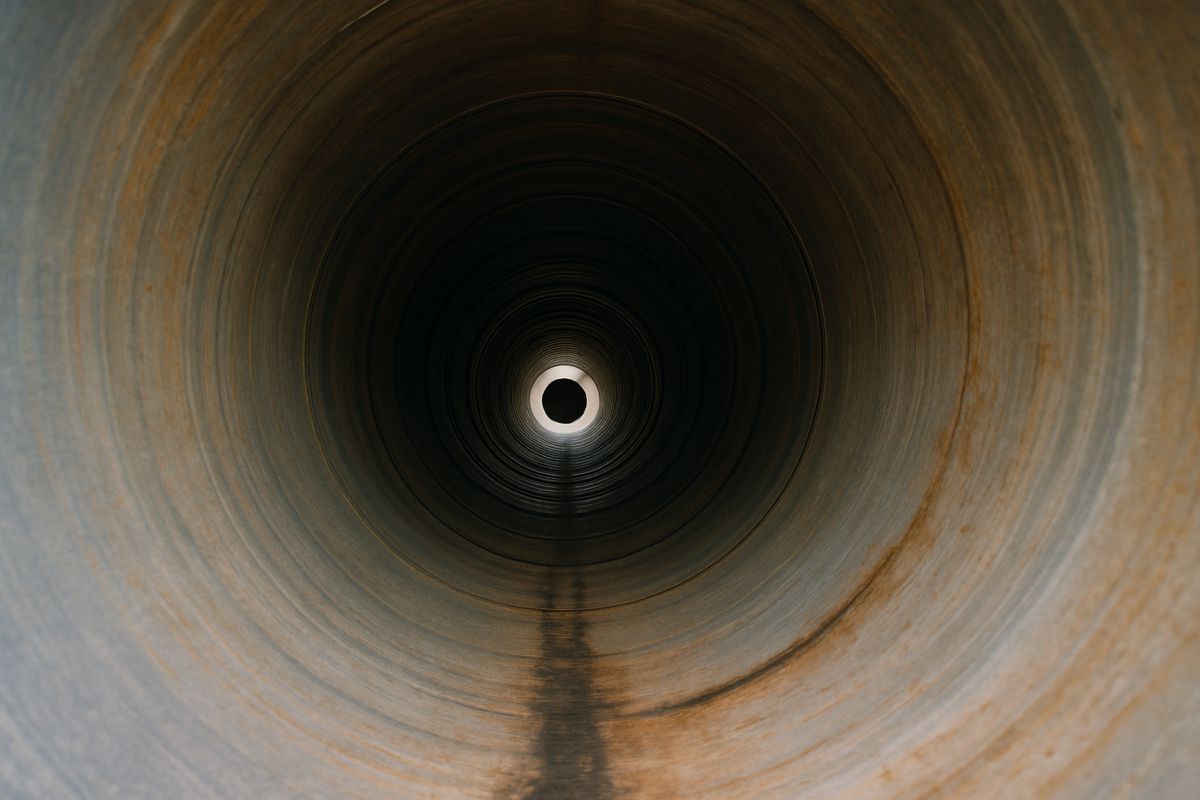From 2D to Data-driven – The New Era of Rail Design and Delivery
Rail networks today are under growing pressure to modernise, expand, and align with smart city infrastructure. According to UK government statistics, more than 1.7 billion rail journeys took place on the UK’s rail network in 2024, with over 15.7 billion net tonne kilometres of freight volume being moved in the same time period. And these numbers are growing.
Demand on the rail network continues to increase as urbanisation, climate demands and even passenger expectations reshape the requirements of rail infrastructure. To meet this demand, design and delivery must evolve. This requires both a cultural and technological shift for engineers and planners, who must now move from decades-old tools and isolated rail design to data-driven collaboration and integrated delivery.
Phasing out legacy workflows
Traditional 2D CAD workflows, while once effective, now create bottlenecks for teams delivering modern railway systems. They are time-consuming, error-prone, and struggle to keep up with the complexity of today’s rail projects. In these legacy workflows, every design change triggers hours of rework, with limited support for real-time collaboration or spatial insight.
In an industry where every millimetre and minute is held under constant analysis, legacy tools and processes continue to fall out of sync with the pace and detail necessary for today’s modern rail networks.
The digital shift
Digital tools are reshaping how teams plan, design, and deliver infrastructure, bringing speed, accuracy, and collaboration to the forefront. Digital design platforms now enable teams to visualise geometry in real time, coordinate disciplines from the earliest stages, and compress delivery schedules that once spanned months into weeks. They are helping teams deliver faster and with fewer errors.
Digital delivery amplifies engineers’ expertise and capabilities. The most successful organisations rethink workflows, consider how information travels across disciplines, and maintain design intent, safety and constructability throughout the entire project. This removes slow, manual processes and allows users to become more efficient, dedicating more time to value-driven tasks.
Collaboration and coordination
The latest rail design systems are shifting from drawing production to data production. Every model, attribute and decision connects. This fundamentally changes how teams collaborate.
By moving to 2D integrated design and automated 3D modelling, rail engineers can continue working in familiar environments, but they are now generating 3D models that carry connected data. This becomes the foundation for coordination and analysis, visualising geometry and enhancing decision making with trusted information.
With model-based delivery, multidisciplinary teams can work from a single source of truth. Design changes update automatically in real time, reducing rework and improving transparency. This results in faster project delivery, while creating a measurable shift in accountability as well as confidence.
In rail, coordination and complexity are the cornerstones of success. A connected approach lays the groundwork for digital delivery where insight drives outcomes.
Building for resilience
Modern rail projects demand a careful balance of safety, efficiency, environmental impact, and cost. With the pace of urbanisation and the enforcement of regulatory pressures and climate goals, smarter, more sustainable solutions have become critical.
Digital delivery transforms how teams manage these competing priorities. Connected models allow organisations to optimise materials, simulate construction impacts, and plan maintenance strategies before the first track is laid. By embedding sustainability into design decisions, from carbon-intensive materials to energy-efficient alignments, projects reduce environmental impact without compromising safety or performance.
In the UK and beyond, where the push for net-zero infrastructure is accelerating, this approach creates more sustainable railways and enables organisations to measure, track, and verify environmental outcomes throughout the lifecycle of the asset. Resilience, efficiency, and sustainability become interconnected, data-driven objectives rather than separate targets.
Creating the next generation of rail engineers
Technology alone will not modernise rail. People will. As digital design and delivery tools evolve, so too must the workforce. The engineers, planners, and project leaders of tomorrow will need fluency in data-driven workflows, automation, and cross-disciplinary collaboration.
Investing in skills, through hands-on experience, mentoring, and integrated training, plays a significant role in helping the industry realise the full potential of digital rail delivery. A digitally fluent workforce allows organisations to fully leverage connected models, reduce errors, improve safety, and make faster, smarter, and more sustainable decisions.
By combining advanced digital delivery with empowered, skilled professionals, the rail industry will deliver safer, more efficient, and environmentally resilient networks, capable of moving people and goods effectively in the decades to come. Embracing open, connected workflows and fostering collaboration across the entire value chain sets up the future of rail.
Article by Breda Kiely, Senior Manager for Rail Industry and Products, Bentley Systems.
